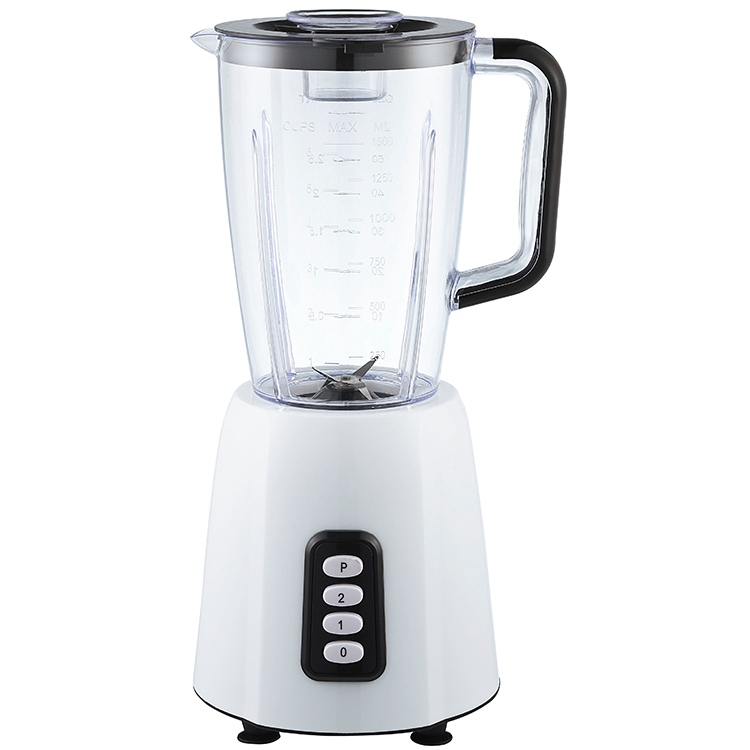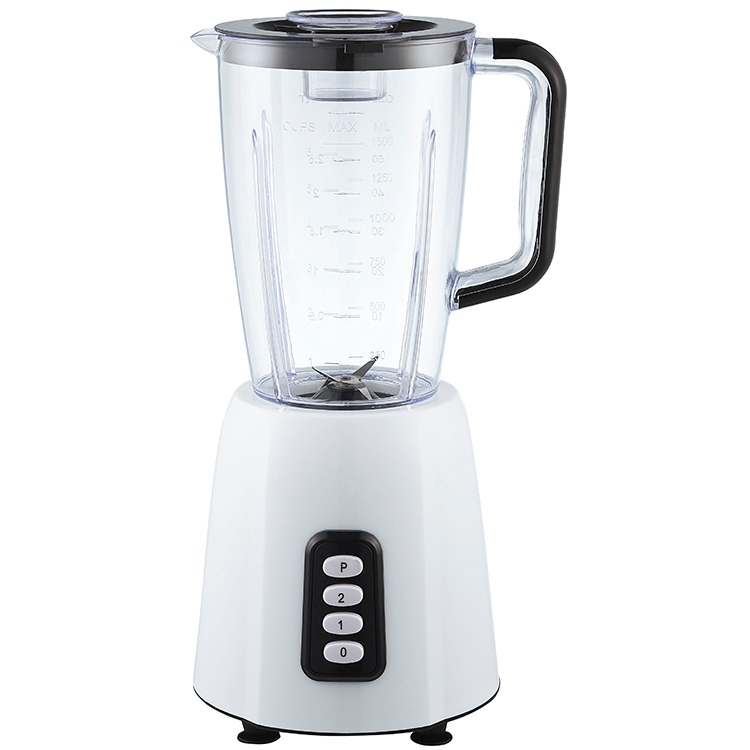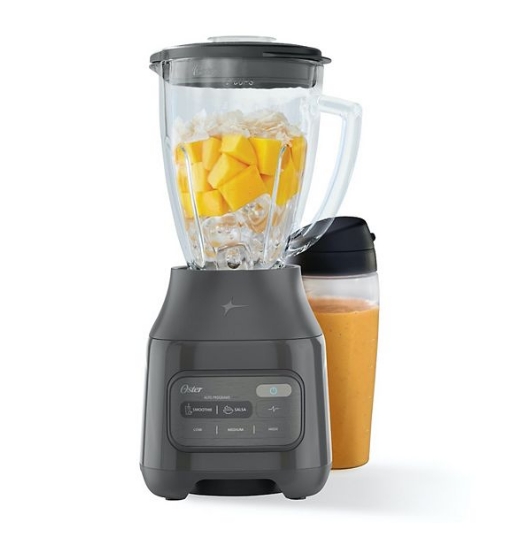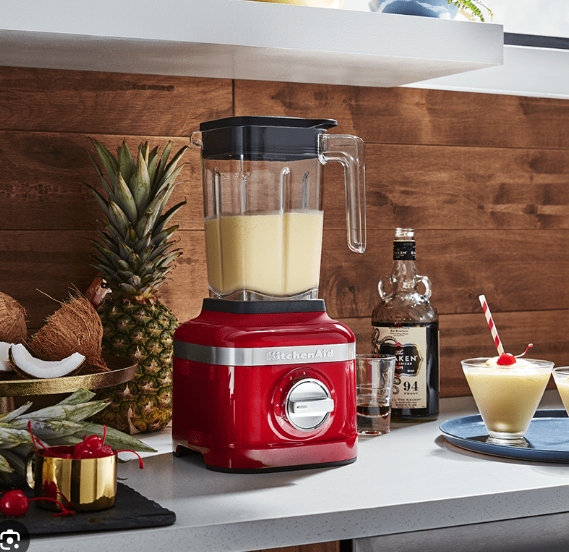
blenders are versatile and powerful tools that can be used to mix, puree, emulsify, and liquefy food and drink ingredients. They are essential for making smoothies, sauces, soups, and many other delicious dishes.
blenders typically consist of a motorized base that houses the motor and controls, and a pitcher or container that holds the ingredients. The pitcher is usually made of glass, plastic, or stainless steel, and has a removable lid with a hole in the center to allow the insertion of a lid or tamper. The blades are located at the bottom of the pitcher and are responsible for cutting and blending the ingredients.
Blenders come in various types and sizes, from personal or single-serve blenders to professional-grade models designed for heavy-duty use. They can vary in power, ranging from around 300 to 1500 watts, depending on the intended use. Some blenders also have additional features such as multiple speed settings, pulse function, and pre-programmed settings for specific tasks like crushing ice or making smoothies.
When using a blender, it's important to follow a few basic guidelines to ensure safe and effective operation. Always start by adding liquids first, followed by soft ingredients, and then harder or frozen ingredients. Avoid overfilling the pitcher to prevent spillage and ensure proper blending. Use the correct speed setting for the task at hand, and never operate the blender for an extended period of time without giving it a break to prevent overheating.
Cleaning a blender is also an important part of its maintenance. Most blenders are dishwasher safe, but it's recommended to rinse the pitcher and blades immediately after use to prevent food from drying and sticking. For stubborn residue, simply fill the pitcher with warm water and a drop of dish soap, then blend for a few seconds before rinsing thoroughly.
In conclusion, blenders are versatile and powerful kitchen appliances that can make meal preparation a breeze. Whether you're making a smoothie, soup, sauce, or cocktail, a blender is an essential tool that can save you time and effort in the kitchen. Remember to follow the manufacturer's instructions for safe operation and maintenance to ensure your blender lasts for years to come.

Parameters:
Model Number | TYB-376 |
Power | 300~400W |
Application | Household、Kitchen |
Certification | CE / CB / EMC / LFGB / RoHS / GS / SASO / ETL |
Capacity (l) | 1.5 |
Jar Material | Plastic |
Housing Material | Plastic |
Speeds | 2 speeds with pulse function |
Plug | VDE , BS, US, Two Flat Plug |
Features:

Use In Kitchen:

FAQ:
Cleaning a blender is simple. Fill it halfway with warm water, add a drop of dish soap, and blend for 30 seconds. Rinse thoroughly, and for tougher residues, the detachable parts can often be placed in the dishwasher.
Using a blender saves time and effort in meal preparation, allows you to create healthy homemade recipes, and ensures consistent textures. It also helps in preserving nutrients and controlling ingredients for a healthier diet.
Yes, most blenders are equipped with powerful motors and sharp blades designed to crush ice efficiently, making them perfect for preparing frozen drinks, smoothies, and slushies.
When choosing a blender, consider factors like motor power, blade quality, jar capacity, and ease of cleaning. Additionally, think about the types of recipes you plan to make to select a blender that fits your needs.
 WhatsApp:
WhatsApp: Mobile Phone:
Mobile Phone: Contact Now
Contact Now